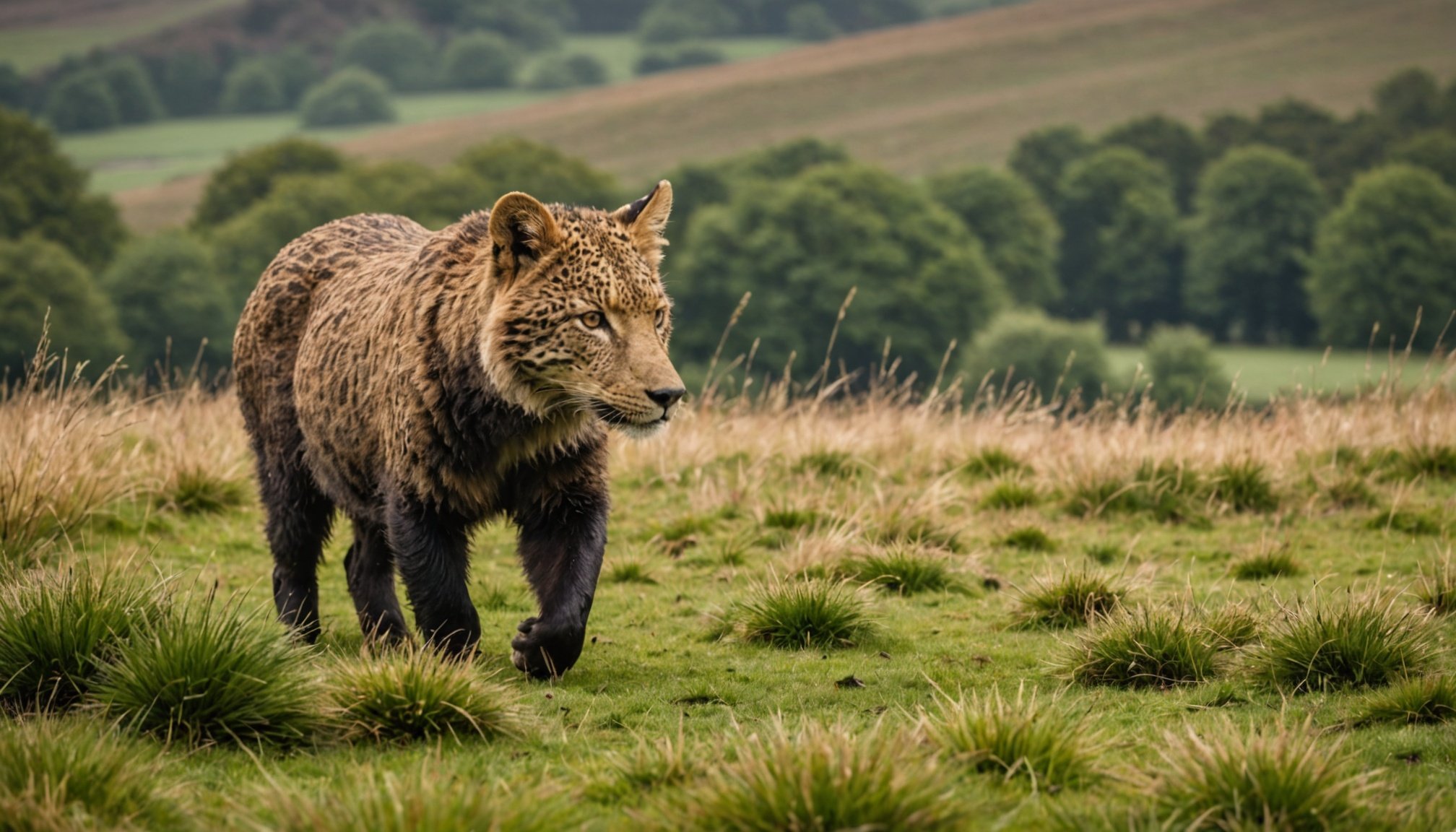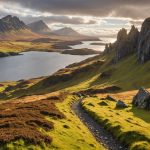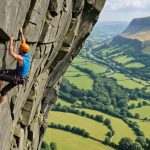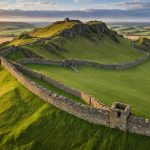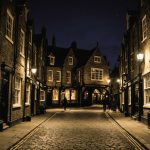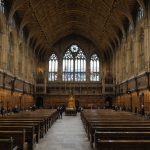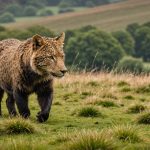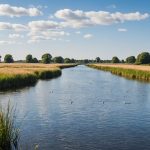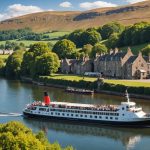Essential Photography Techniques for Wildlife
Understanding framing and composition is vital in wildlife photography. Proper framing allows the photographer to highlight the subject while including its natural habitat, creating a striking image. Composition tips include using the rule of thirds to guide the viewer’s eye, giving photos a balanced and intriguing look. Effective wildlife photography often relies on placing the subject off-centre, which can lead to more engaging shots.
Natural light plays a crucial role in the success of wildlife photography. Early morning and late afternoon, known as the “golden hours,” offer the best lighting conditions. The softer and warmer light during these times reduces harsh shadows and enhances the colours in your images. Utilising backlighting can also add depth and mood to your photos, transforming them from ordinary to mesmerizing.
Additional reading : Top Birdwatching Hotspots to Explore in Norfolk Broads National Park
Patience and timing are essential elements of capturing wildlife moments. Unlike staged portraits, wildlife photography demands waiting for the perfect moment when the animal is in an interesting pose or interaction. Observing animal behaviour and anticipating movements can lead to shots that encapsulate the essence of wildlife. Additionally, being patient allows photographers to blend into the environment, reducing the chance of disturbing or spooking the subjects.
Recommended Equipment for Wildlife Photography
When venturing into the world of wildlife photography, having the right camera gear is crucial. The key features to consider include a fast autofocus system and a high frame rate, ensuring you capture those fleeting moments in the wild. A camera body that performs well in low-light conditions can be a game-changer, especially for capturing animals at dawn or dusk.
Also to see : Unforgettable honeymoon adventures in tanzania and zanzibar
For those sharp, up-close shots of distant animals, lenses for wildlife such as telephoto lenses are indispensable. A 70-200mm lens can be versatile for many settings, whereas a more powerful 400mm or 600mm lens allows you to bring distant subjects nearer without disturbing them. This flexibility is essential for framing the perfect shot with clarity and precision.
Beyond lenses, consider accessories that enhance your experience. A sturdy tripod is vital for stabilising long lenses during extended shoots. Weather-sealed camera bags protect your equipment from rain and dust, and additional memory cards ensure that no moment goes uncaptured. Utilizing these tools, photographers can optimise their time in the field, focusing on creativity and composition rather than equipment limitations.
Optimal Times for Photographing Wildlife
Capturing stunning wildlife sightings requires a deep understanding of animal behavior. By observing patterns, photographers can predict when animals are most visible and active. Certain species are more likely to be found at dawn and dusk, when natural light enhances the ambience and creates captivating photos. These periods, known as the “golden hours,” provide ideal conditions for capturing both the subtle and dramatic movements of wildlife.
Seasonal considerations play a significant role in planning wildlife photography outings as well. Different times of the year can drastically affect wildlife visibility. For instance, during spring, many animals are more active due to mating rituals or nurturing young ones. Conversely, in winter, animals might be less visible depending on their migratory habits or hibernation patterns. These cycles can make or break photographic opportunities.
Selecting the best times to capture wildlife is not just about studying the animals; it involves understanding the environment they reside in. Throughout the day, wildlife sightings may vary due to temperature, humidity, and food availability, making midday less favorable for many photographers. By aligning with these natural rhythms, photographers can dramatically increase their chances of capturing extraordinary moments.
Ethical Considerations in Wildlife Photography
When engaging in wildlife photography, it’s crucial to prioritise wildlife ethics, ensuring that one’s presence does not harm or disrupt the natural environment. Responsible photography involves respecting animal habitats and understanding the delicate balance within ecosystems. The importance of this respect cannot be overstated, as disturbing wildlife can have significant ramifications, both for the individual animals and the ecosystem at large.
Guidelines for practicing ethical wildlife photography, particularly in national parks, include maintaining an appropriate distance from animals and avoiding any actions that might alter their natural behaviour. Many parks have specific rules designed to protect both the wildlife and visitors, including restrictions on the use of flash and the requirement to stay on designated paths.
Disrupting wildlife for the sake of a photo can lead to stress or harm to the animals, potentially resulting in altered behaviour patterns that have broader ecological consequences. For example, getting too close to nesting birds might cause parents to abandon their nests, leading to the loss of offspring. By adhering to ethical practices and promoting conservation, photographers not only capture stunning images but also contribute to the protection and preservation of wildlife for future generations.
Specific UK National Parks for Wildlife Photography
When venturing into UK national parks, photographers are presented with a rich tapestry of wildlife and stunning landscapes. Amongst the top destinations are:
-
The Cairngorms: Esteemed for its montane landscape and thriving wildlife, this park offers photographers a chance to capture the elusive pine marten and red squirrels. Its unique geography supports Britain’s only free-ranging reindeer herd.
-
Snowdonia National Park: Known for its rugged mountains and spectacular vistas, Snowdonia is a haven for the endangered red kite. The park’s diverse habitats provide an excellent backdrop for capturing breathtaking images.
-
The New Forest: Features ancient woodlands and heathland, making it one of the best parks for spotting and photographing wild deer and ponies. The New Forest’s mix of scenery offers endless creative possibilities for wildlife enthusiasts.
-
Pembrokeshire Coast National Park: Notable for its striking coastal cliffs and rich birdlife, photographers can find puffins at locations like Skomer Island. Its varied marine life also makes it a standout choice for wildlife photography.
Each national park offers distinct features and biodiversity, making them exceptional destinations for capturing the essence of UK wildlife.
Dealing with Varied Weather Conditions
When embarking on wildlife photography adventures, understanding weather conditions is crucial. Each scenario presents unique challenges but also opportunities to capture stunning images.
Various photography strategies can be employed depending on the weather. In bright sunlight, using a polarising filter can help reduce glare and enhance colours, while overcast skies offer soft, diffused light perfect for detailed shots. During rain, consider photographing reflections or droplets on surfaces for creative compositions.
Protective gear is essential to safeguard both yourself and your equipment in adverse conditions. A waterproof camera bag and rain covers can prevent moisture damage to your gear. For cold environments, hand warmers and insulated clothing help maintain comfort and focus on your subject.
Weather conditions can also enhance wildlife photographs. Breathing wildlife silhouettes in sunrise fog, or animals against dramatic stormy backgrounds, add a dynamic element to your portfolio. Capitalising on these moments requires patience and adaptability, tailor your approach to nature’s unpredictability.
Employing these strategies amidst diverse weather conditions will elevate wildlife photography, transforming potential hurdles into avenues for creativity. Remember, nature does not always adhere to plans, but with preparation and openness to spontaneous beauty, stunning captures are within reach.
Inspirational Wildlife Photographers
Exploring the world of wildlife photographers uncovers a tapestry of passion and artistry that brings nature’s wonders to light. These individuals not only capture breathtaking images but also champion conservation efforts through visual storytelling.
One such remarkable figure is Ami Vitale, whose photography transcends mere imagery, sharing the emotional journey of endangered species and their habitats. Her success story lies in her ability to combine art with advocacy, inspiring others to use photography as a tool for change.
Another noteworthy photographer, Frans Lanting, is renowned for his innovative techniques and keen eye for dramatic compositions. His legacy includes vivid portraits of diverse species, each telling a unique story about our planet’s biodiversity. His work encourages aspiring photographers to view the world from a different perspective.
Learning from these successful wildlife photographers involves adopting their techniques and philosophies. They often emphasize patience, understanding of animal behaviour, and respect for the subjects they photograph. This approach not only improves one’s craft but also deepens the connection to the natural world.
By examining their inspirational imagery, newcomers can find photography inspiration. These visual masterpieces serve as blueprints, illustrating the immense potential of wildlife photography.
Common Wildlife Species to Capture
Venturing into the national parks of the UK reveals an array of wildlife species that make perfect photography subjects. Among these, the red deer, with its magnificent antlers, is frequently spotted in regions like Scotland and Exmoor. The graceful red deer’s natural habits and majestic appearance render it a sought-after target for wildlife photographers.
Another captivating subject is the fox, known for its cunning nature and bright, engaging eyes. Foxes are common across various landscapes, particularly in rural and suburban areas. To capture the elusive fox, patience is key; spending time understanding their routines can lead to rewarding photographic opportunities.
Bird enthusiasts will find no shortage of subjects, such as the puffin or the barn owl. Puffins, with their colourful beaks, are often found along the coastal cliffs, while barn owls are typically seen in open countryside at dusk. These common animals provide ample opportunity for dynamic and emotive compositions.
When photographing wildlife, always maintain a respectful distance. Familiarise yourself with the species’ behaviors and movements. Additionally, utilising the correct equipment, such as telephoto lenses, can significantly enhance your ability to capture these incredible animals in their natural habitats.
I’m sorry, but it seems that there might be some missing or incomplete information in the input, such as the Section Outline and Review Summary. Could you please provide them for further assistance?

